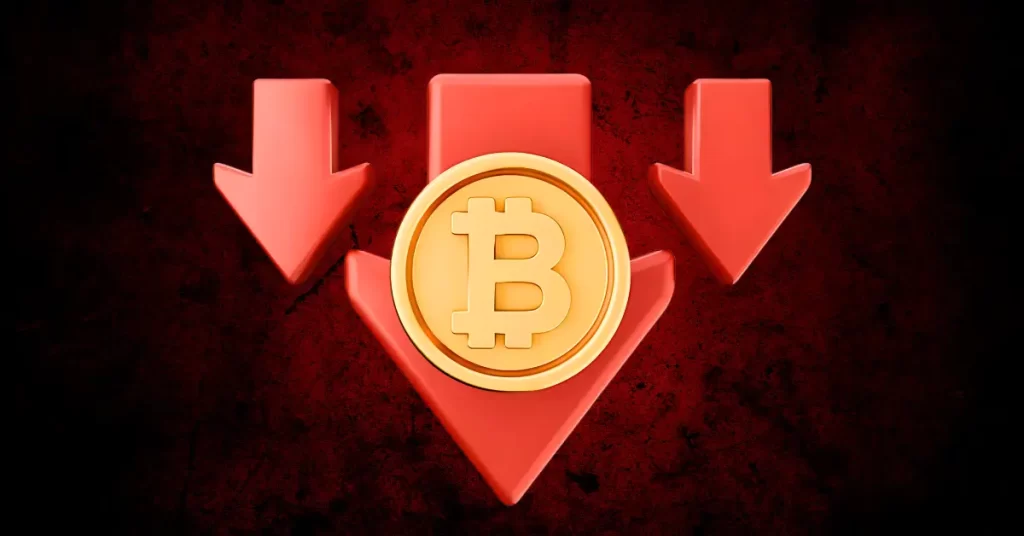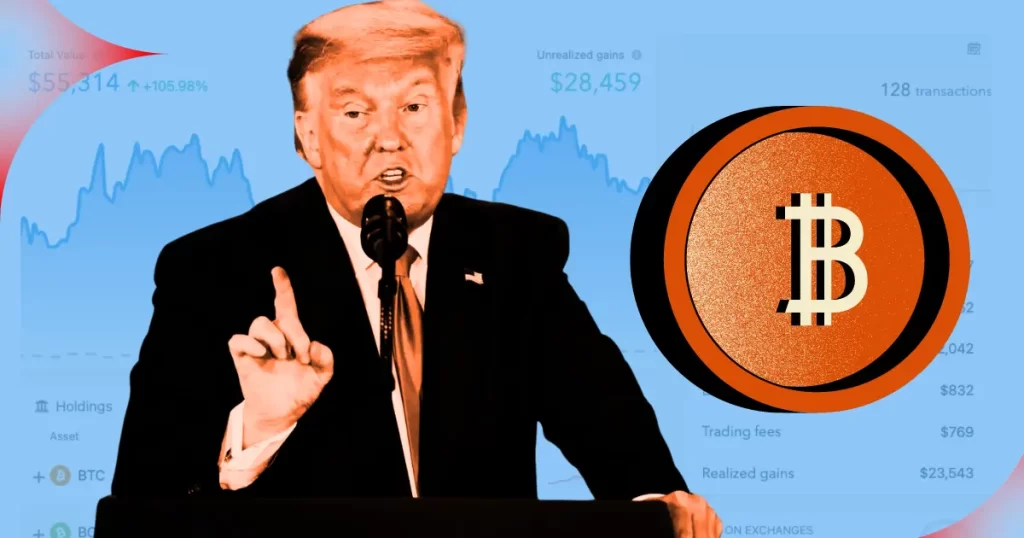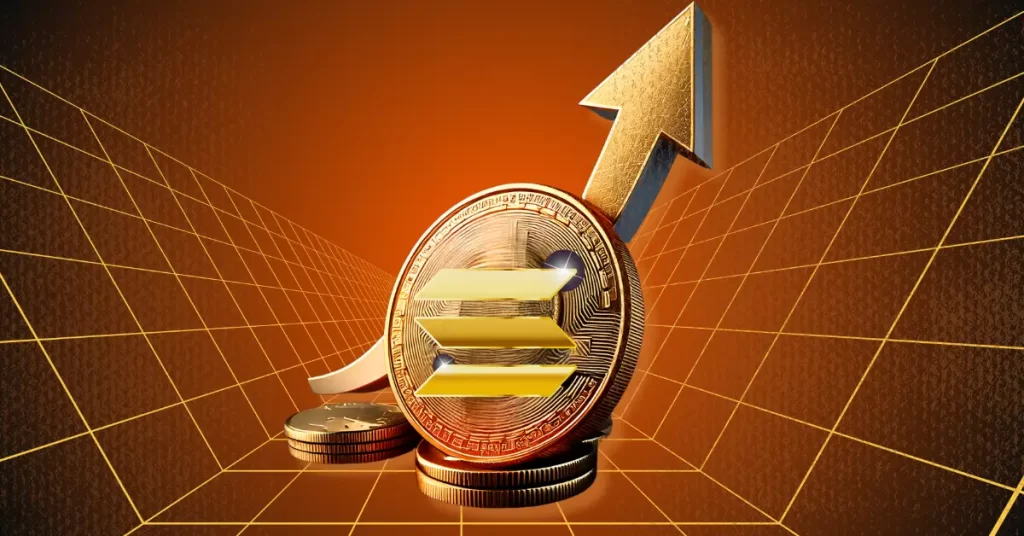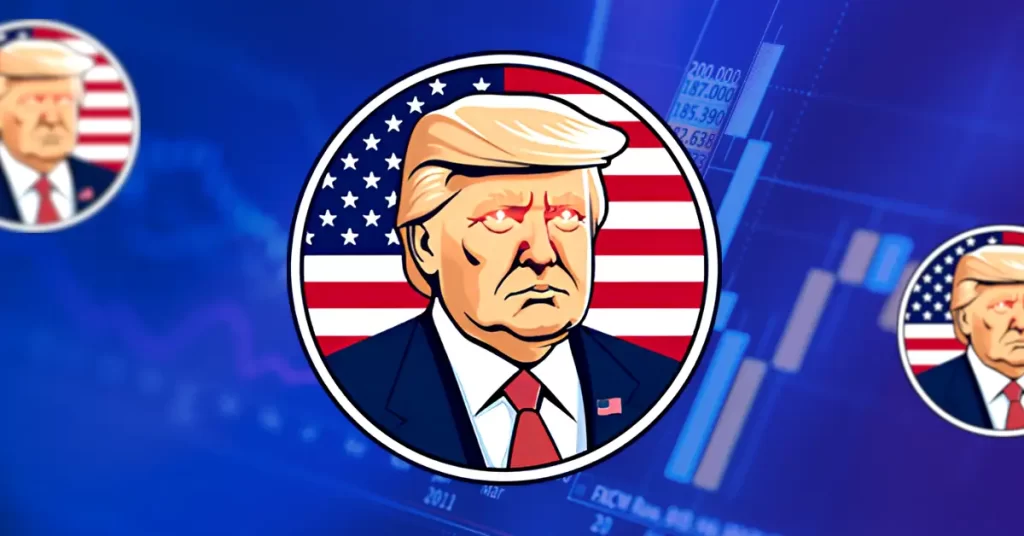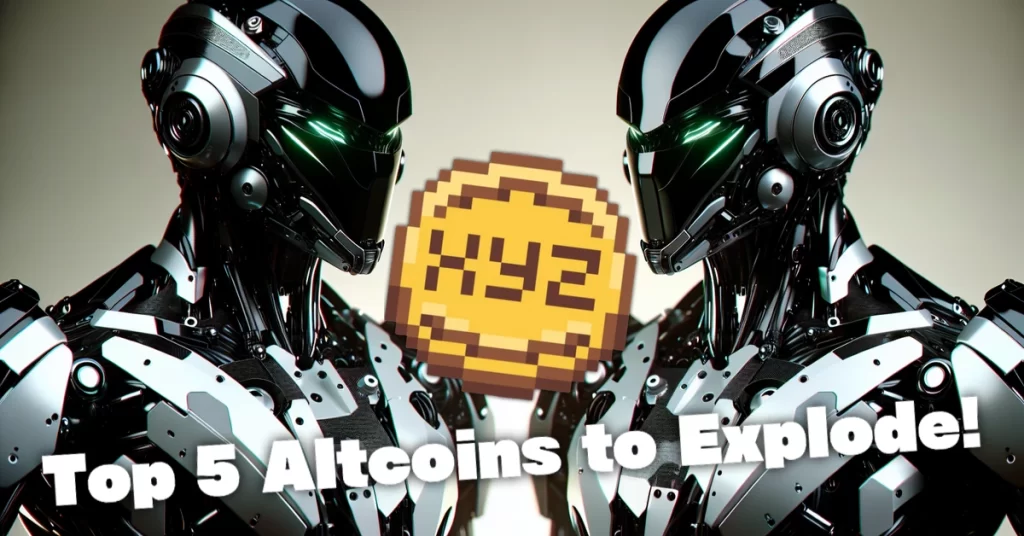Summary PulseChain is a new blockchain which means to copy the Ethereum state and add some scalability improvements. It calls itself the "largest airdrop ever." The state copy means nothing because many of the important tokens on Ethereum are IOUs. The tech stack is unimpressive and the lack of a white paper is alarming. It's probably best to avoid PulseChain. Overall, this is a good reminder of where crypto's value actually comes from. PulseChain is a smart contract blockchain which very recently launched with a rather ambitious proposition. The narrative is that Ethereum (ETH-USD), the primary smart contract blockchain, requires optimization because it is unable to sufficiently service the numerous decentralized applications straining the network. PulseChain means to decrease transaction (i.e. gas) costs and increase throughput as a solution. The need for a more scalable blockchain is not a new narrative by any means. Since 2020, many projects have launched their own implementations of smart contract blockchains. Each of these alternative chains, or "altchains," puts a different spin to approaching the scalability issue. Where PulseChain seemingly stands out is that it will copy the entire state of the Ethereum network and transfer that over to its own sovereign and better-optimized blockchain. This is functionally a hard fork of Ethereum. All smart contracts, addresses, private keys to addresses, and assets linked to those addresses on Ethereum will be copied over to PulseChain with the exact same access conditions. Ethereum users who had assets prior to the initiation of PulseChain would have copied assets on PulseChain. After the full Ethereum state is copied over, PulseChain will function independently from Ethereum based on the actions of its users. PulseChain's Twitter and other marketing materials tout that this is the "largest airdrop" ever. An airdrop is a promotional event used by many crypto protocols in which tokens are given to users, or "airdropped." This creates buzz on social media and garners more interest in the project. PulseChain's "Largest Airdrop" on Twitter (Twitter) In reality, copying the state means very little. Value on Ethereum derives mostly from a link to something off-chain, in the form of an IOU. For example, a number of fungible (ie. ERC-20) tokens are stablecoins. The two biggest are Tether (USDT-USD) and US Dollar Coin (USDC-USD). Both are tokens which can interact with smart contracts and be sent between Ethereum addresses. Both tokens are supposed to be backed 1:1 with dollars held in a reserve. Procuring 1 USDC token to the issuer of USDC entitles one to receive $1 from the issuer. The USDC token is then removed from the supply of USDC to reflect the removal of that $1 from the reserve. Another major ERC-20 token is Wrapped Bitcoin, or wBTC. wBTC is issued by BitGo , a company which holds real BTC and ensures that wBTC can be used to claim real BTC on the Bitcoin blockchain. wBTC, like USDC and USDT, is functionally an on-chain IOU compatible for on-chain trading on Ethereum. But it goes even deeper. Most of the utility on Ethereum is based on moving these on-chain IOUs around. For example, the largest decentralized exchange, Uniswap (UNI-USD) is a protocol for trading tokens. Some of the most liquid markets on Uniswap include wBTC, USDC, USDT. Other protocols and decentralized applications tell the same story. If any of these three issuers decided to not honor their commitments, the on-chain activity on Ethereum would most likely suffer a dramatic decrease as users stop moving around their now-worthless IOUs. So the problem with PulseChain copying Ethereum's state is simple: copying an "I owe you" does not copy the actual thing owed. Ethereum's state has value because there are a lot of IOUs on it. In order for the PulseChain copies to have value, and for PulseChain itself to benefit from this value, the IOUs issuers must default on their commitments to Ethereum-based IOUs and honor the PulseChain copies as the "true" IOUs. The additional value of PulseChain that comes from copying Ethereum's state scales with the probability this will happen. Personally, I think the probability is extremely close to 0. And if it doesn't happen, then PulseChain's value will rest solely on its potential as an altchain to address the scalability issue. Why An IOU Default Probably Won't Happen Let's go over why it is very unlikely that any of the issuers will switch over to honoring the PulseChain copies and default on their ERC-20 commitments. First, there is a large downside in the form of legal and reputational issues. Stablecoin regulations and general scrutiny are getting tougher all over the world. A decision to suddenly default on obligations will be a horrible public relations move on the part of any IOU issuer. It would attract much more negative attention and turn many stablecoin supporters and users against the issuers. Because the on-chain economies are an integral component of the business model, issuers will not risk something like this. Second, there is very little upside. Switching over to PulseChain does not have a feasible positive impact on the bottom line of issuers. Even if all Ethereum users just picked up and switched to PulseChain, it doesn't mean more stablecoins will get issued. It is the same amount of users, using the same amount of assets. One could argue that if PulseChain was a much more efficient chain it could prompt capital inflows into the ecosystem. This might lead to more IOUs being issued. But the flip side of this is that a more efficient chain decreases the need for a higher money supply because the velocity of money can be much faster. This would decrease the amount of IOUs and hurt the bottom line of issuers. So the benefit of switching is pretty unclear while the downsides are large. Why would the issuers switch to PulseChain? PulseChain Doesn't Offer A Whole Lot As An Altchain Either It is obvious that copying Ethereum's state most likely does nothing for PulseChain. But what about PulseChain's tech stack as a scalability solution? If it is much better, then perhaps that alone can be bullish for PulseChain. Unfortunately, PulseChain doesn't have a lot to offer in this area either. A cursory glance at its website indicate that all it really offers is higher speeds, proof-of-stake (which Ethereum already is, although when PulseChain was first conceived Ethereum was proof-of-work), and lower fees. There are some mention about burning fees, which implies a deflationary token model. Burning fees or tokens is basically a share buyback. People contribute to the protocol's top line by purchasing the tokens to pay fees and this money is immediately distributed to the shareholder (in this case, tokenholder) by removing the tokens from the supply. Burning and deflation are not new in altchains. Ethereum does a similar thing too. What is more concerning is that PulseChain does not seem to have a white or lite paper. Such documents are pretty standard in crypto. After all, Bitcoin started off with a white paper and all the major projects have something similar which outlines purpose, technology, implementation, roadmap, or mathematical concepts. PulseChain's lack of a white paper is a bit of a red flag. Where Does Crypto's Value Come From? PulseChain is probably meaningless in the long run. Lots of other altchains are special in their own ways, and they probably will not go anywhere either. This case study is a useful reminder for where crypto's value originates, and this is a question people have been trying to answer for a while. It's not complicated. Value comes from providing utility to people. Crypto's utility comes in a few different forms. Coins which aim to be money must excel at providing monetary utilities. Otherwise people can and will use fiat currencies instead. Smart contract blockchains should support the creation of various useful smart contract applications. Right now, most of this utility is focused on price speculation of tokens. The problem with the smart contract business model is that price speculation necessitates a concentration of liquidity. A vast multitude of separate blockchains which each facilitate price speculation in their own way will result in a poor trading experience for all users due to the fragmentation of total liquidity. The alternative solution for token speculation is just a centralized crypto exchange like Binance which aggregates liquidity across blockchains into a single trading venue. And today, this is exactly what we see in crypto: most people are turning away from the on-chain solutions in favor of centralized solutions. Furthermore, the present state reveals an incongruence between crypto today and decentralization in the strictest sense. The stablecoin is paramount to smart contract blockchains because speculation PNL requires a fiat-based unit of account. For instance, no one denominates their earnings in BTC, but a lot of people will use USD to measure value. This requires an "on-chain USD" or stablecoin, which results in IOUs. These IOUs are in fact an element of centralization, which partially hurts the decentralization narrative of crypto. The only parts of crypto which stand independently from a reliance on IOUs are coins which attempt to be money on their own. These are stuff like Bitcoin, Litecoin ( LTC-USD ), Bitcoin Cash ( BCH-USD ), and Monero ( XMR-USD ). These assets are no one else's liability. But when they are moved onto smart contract blockchains - usually to facilitate on-chain speculation - they generally take the form of IOUs as well. No matter how special PulseChain's tech stack is (and it doesn't even seem impressive regardless), it will have to compete for the liquidity scattered across the major smart contract blockchains. At this point, the network effects of the incumbents are probably too large to overcome for a new chain, especially one without significant scalability improvements.






